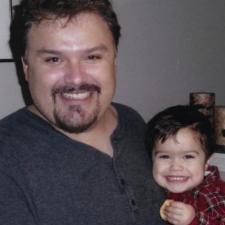The bones of the body develop primarily by endochondral or intramembranous bone differentiation or ossification. Those formed by endochondral ossification occur within the cartilaginous template and also in the surrounding fibroblastic perichondral sheath to form the bone collar, or the periosteum. Bones which develop by intramembranous ossification are through the direct osteoblast differentiation within the mesenchyme. Basically, the bones of the skeletal system which form by the process of intramembranous type ossification will include the flat bones of the skull, the facial bones, and the clavicles (collar bones). The phalanges of the hands and feet develop out of the original cartilage template of the embryonic skeleton and are therefore by endochondral ossification as is the femur. The epiphyseal plate, also referred to as the "growth plate" and the hyaline cartilage is also through endochondral ossification. The cranial (skull) bones include the parietal and the occipital bones which are by intramembranous ossification.
The "sandwich" of bone refers to an outer layer of compact bone with an inner area of spongy bone. Compact bone is more densely compacted which provides for strength and protection while the spongy bone, or cancellous bone, is comprised of trabeculae which give the spongy appearance and is more porous in its makeup and reducing the weight of the bone. During intramembranous ossification, compact and spongy bone develops directly from sheets of mesenchymal (undifferentiated) connective tissue.





